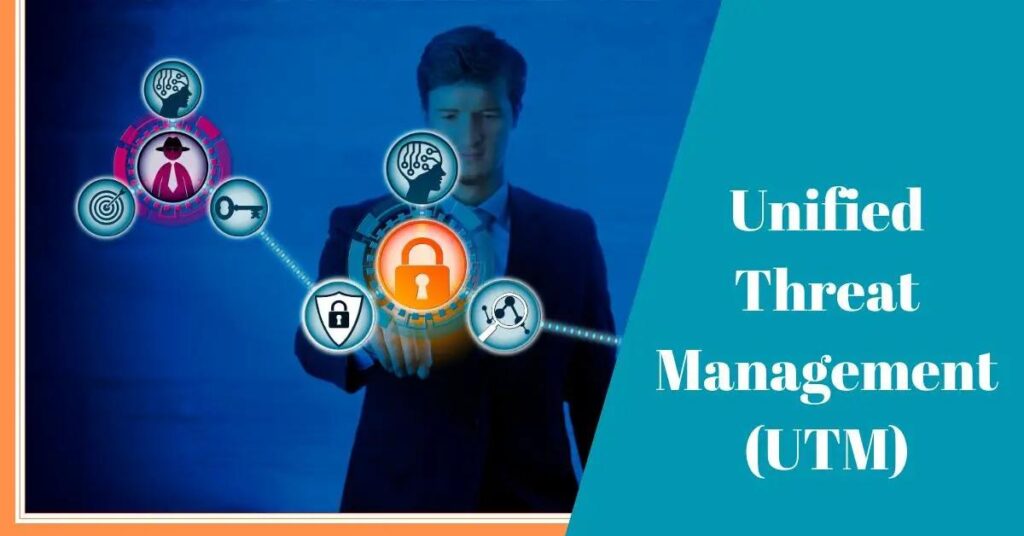In our digitally-driven world, where technology underpins every facet of business, the significance of robust cybersecurity cannot be overstated. With an ever-changing landscape of digital threats, organizations are confronted with a crucial decision: opting for Unified Threat Management (UTM) or relying on traditional security solutions. This detailed exploration aims to demystify these options, helping you make an informed decision that aligns with your organization’s unique requirements.
The Imperative of Cybersecurity in the Digital Age
In an era where data breaches and cyberattacks are commonplace, cybersecurity transcends beyond a mere compliance requirement. It’s a critical component that safeguards your organization’s sensitive data, maintains its reputation, ensures financial stability, and guarantees uninterrupted operations. Unified threat management represents a holistic approach to cybersecurity. It integrates various security functions – including firewall protection, antivirus software, intrusion detection, and content filtering – into a single, manageable platform. This integration is akin to a multifunctional tool, offering a comprehensive shield against a multitude of cyber threats.
UTM vs. Traditional Security: A Thorough Comparison
Traditional security solutions are akin to specialists, each focusing on a particular aspect of cybersecurity. These include standalone firewalls, antivirus programs, and other specialized tools. While they are highly effective within their specific domains, their isolated operation often leads to challenges in coordination and overall security management. UTM, in contrast, is the equivalent of a coordinated team. By combining various security measures into one cohesive system, UTM provides a more integrated, streamlined approach to tackling cyber threats.
Key Differences Explored
- Capabilities: UTM offers a broad-based approach, effectively tackling a diverse range of cyber threats. Traditional tools, focused on specific areas, may struggle against complex, multi-faceted attacks.
- Management: UTM simplifies the complexity of managing multiple security tools by offering a unified control interface, in contrast to the disparate management systems required for traditional tools.
- Cost Implications: While UTM systems may require a higher initial investment, they often lead to long-term cost savings by reducing licensing fees and maintenance expenses. Traditional solutions, though potentially less expensive upfront, can accrue higher ongoing costs.
Seamless Integration of UTM into Your Network
Integrating a UTM system into your organization’s network is a critical process that demands careful consideration and precise execution. The key to a successful integration lies in ensuring that the UTM system is fully compatible with your existing network infrastructure. This compatibility is essential to avoid any operational disruptions that could arise from system conflicts. Each organization has unique security needs, and tailoring the UTM settings to meet these specific requirements is crucial for effective protection. Additionally, the integration process should be managed in a way that minimizes disruptions, thereby maintaining operational continuity.
UTM Implementation Best Practices
When it comes to implementing a UTM system, there are several best practices that should be followed. Initially, it’s imperative to conduct a comprehensive security assessmen to understand the specific vulnerabilities within your organization, allowing for a more targeted approach to cybersecurity. Before proceeding with the integration, confirm that the UTM system you’ve selected is compatible with your existing network setup. Once compatibility is assured, the next step is to customize the settings of the UTM system. This customization should align with your organization’s unique security needs and policies, ensuring that the system provides the most effective protection possible.
Thorough testing of the unified threat management system is another critical step before full implementation. This testing phase helps to identify and address any potential issues, ensuring the system operates smoothly and effectively. Continuous monitoring is also vital once the UTM system is operational, it enables you to swiftly respond to new threats and vulnerabilities as they emerge. Finally, investing in the training of your IT team is essential, a well-trained team can maximize the effectiveness of the UTM system.
Conclusion: Cybersecurity Enhancements with UTM
Choosing between UTM and traditional security solutions is a decision with far-reaching implications. While UTM offers an integrated, unified approach, traditional security solutions provide depth in their specific areas of focus. Your decision should be tailored to your organization’s specific needs and goals. Remember, cybersecurity is not static; it’s a continuous, evolving process. Regular reassessment and adaptability are key to staying ahead in the ever-changing landscape of digital threats.






